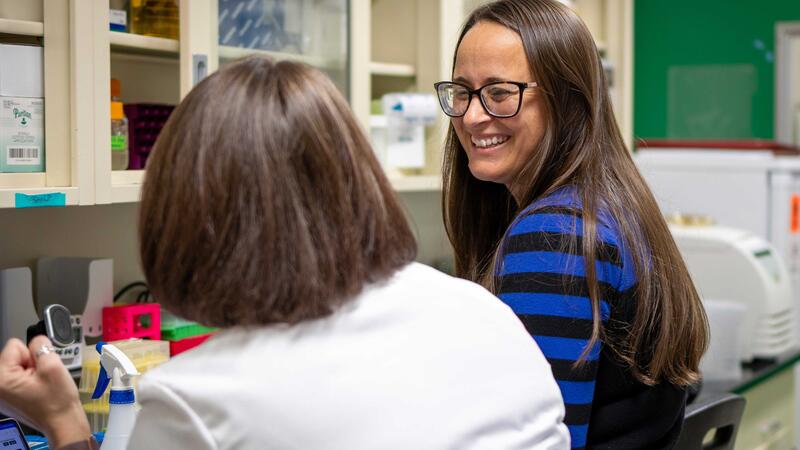News
Unraveling the mysteries of the plant microbiome
Three years after joining the Great Lakes Bioenergy Research Center, Michigan State University microbiologist Sarah Lebeis has been tapped to guide the center’s scientific research.
Five Great Lakes Bioenergy Research Center (GLBRC) researchers have been named to Clarivate Analytics’ 2017 list of “Highly Cited Researchers”.
In Wisconsin, as in many other parts of the Midwest, we grow a lot of corn – four million acres of it, in fact. That’s four million acres of corn generating $2 billion in economic benefits to the state. Since roughly a quarter of those corn crops are currently used for ethanol production, some of that Wisconsin corn is also finding its way into our gas tanks.
When Jim Steele thinks back over the last seven years, from the early research on biofuels, followed by a dream of moving Lactic Solutions LLC technology to the marketplace, and now the acquisition of the company by Lallemand Biofuels & Distilled Spirits (a unit of Lallemand Inc.) last month, he is thankful for the network of UW–Madison entrepreneurial experts.
Just as sequencing the human genome has netted major health and medical benefits, switchgrass genomics will pay dividends through the development of advanced liquid biofuels.
Versatile, resilient, and high yielding, sorghum has been giving us good ideas for millennia. People in northern Africa first domesticated this flowering grass some 8,000 years ago for a steady supply of porridge. Ben Franklin called sorghum “broom corn” and extolled its efficiency in sweeping up.
Michigan State University researchers are experimenting with harvesting seed oil to make biofuels that could someday power our jets and cars.
In a recent study published in the journal The Plant Cell, the researchers show that the chloroplast, where plant photosynthesis occurs, also participates in new ways to provide seed oil precursors.
With up to $1.8 million in funding from the U.S. Department of Energy (DOE), scientists affiliated with the Great Lakes Bioenergy Research Center (GLBRC) will conduct research with the potential to turn woody biomass into an economical source of renewable chemicals.
Researchers at the Great Lakes Bioenergy Research Center (GLBRC) recently published a study showing that quality of crop yield is less important than quantity when harvesting for cellulosic biofuels.
Earlier this month, the Great Lakes Bioenergy Research Center (GLBRC) received another major boost from the U.S. Department of Energy, receiving more than $250 million to conduct another five years of groundbreaking work on alternative fuels.
The U.S. Department of Energy (DOE) has selected the Great Lakes Bioenergy Research Center (GLBRC) for an additional five years of funding to develop sustainable alternatives to transportation fuels and products currently derived from petroleum. The past recipient of roughly $267 million in DOE funding, the GLBRC represents the largest federal grant ever awarded to UW–Madison.





